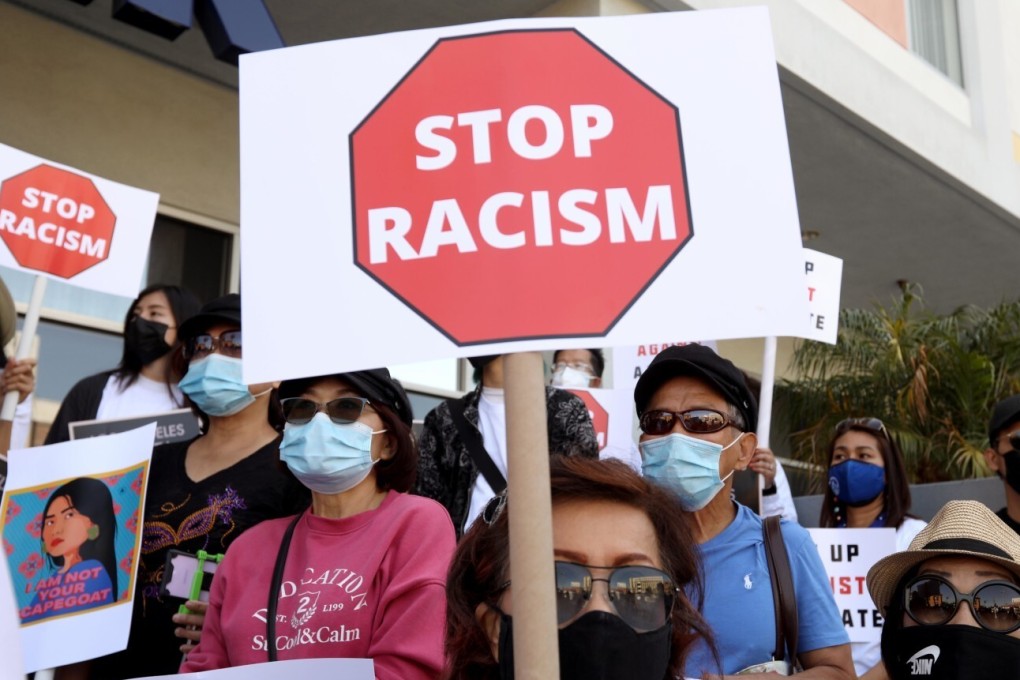Amid a wave of violence against Asian-Americans, some push for more of their history in classrooms
- Teachers and advocacy groups have warned that Asian-American history remains largely absent in US schools
- In some states legislators and school boards have slowly begun taking steps to introduce Asian-American and Pacific Islander history to schools

California-born Japanese-American Fred Korematsu was just 23 years old when he resisted being sent to an internment camp in 1942. He was convicted for violating military orders, sentenced to five years’ probation and was interned with his family in Utah. It was not until 1983 his case was reopened and overturned.
These days, Korematsu is remembered as a notable civil rights campaigner and a recipient of the Presidential Medal of Freedom – the highest award that can be bestowed to a civilian.
But his story is one of many that are going largely untaught in American classrooms. Even as schools across the country increasingly seek to include the history of America’s minority groups in curricula, particularly amid the Black Lives Matter movement, teachers and advocacy groups have warned that Asian-American history remains absent.
Among those who have experienced this first hand is Kayla Huynh, the daughter of Vietnamese and Thai immigrants who grew up in the city of Bloomington, Illinois about 135 miles south of Chicago.

03:29
Surge in anti-Asian attacks in the US sparks discussions on mental health impacts
“I don’t recall learning anything related to Asian-American history,” recalled Huynh, now an aspiring writer and student at the Medill School of Journalism at Northwestern University. “Except when we learned about Hiroshima, and a bit about the Japanese internment camps.”
Among the topics not mentioned: Chinese immigrants in the 19th century and their role in building the transcontinental railroad, the Chinese Exclusion Act of 1882, xenophobic violence against immigrant communities, waves of immigration in the 20th century, or the activism of civil rights leaders like Korematsu.